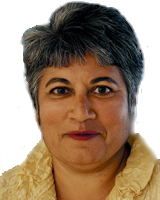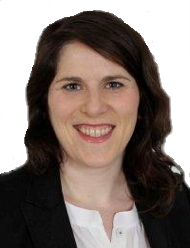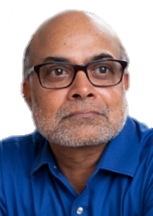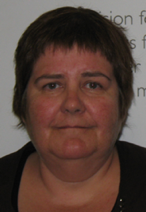Tag: #2020resilience

IFPRI: Resilience of Smallholders Should Be Key Theme in Sendai
Global: Why should the World Conference on Disaster Risk Reduction consider smallholder farmers?
Read MoreEmily Alpert: Can You Be Resilient on One Acre or Less?
Africa & Middle East: Our guest author, Emily Alpert, Deputy Director of Agriculture for Impact, concludes our series of blog articles on resilience published in partnership with the International Food Policy Research Institute (IFPRI) ahead of the conference “Building Resilience for Food and Nutrition Security” 15-17 May 2014. An acre is about the size of a football pitch. That might seem like a […]
Read MoreJon Kurtz: Tough Love – Making Resilience Meaningful
Global: Our guest author, Jon Kurtz, Director for Research and Learning for Mercy Corps, continues our series of blog articles on resilience published in partnership with the International Food Policy Research Institute (IFPRI) ahead of the conference “Building Resilience for Food and Nutrition Security” 15-17 May 2014. Resilience has an Achilles’ heel: By being all things, it risks being nothing […]
Read MorePrabhu Pingali: Women’s Groups as Conduits Towards Resilient Communities
Asia: Our guest author, Prabhu Pingali, Professor of Applied Economics & Director of the Tata-Cornell Agriculture & Nutrition Initiative at Cornell University, continues our series of blog articles on resilience published in partnership with the International Food Policy Research Institute (IFPRI) ahead of the conference “Building Resilience for Food and Nutrition Security” 15-17 May 2014. Women’s Self-Help Groups (SHGs) are […]
Read MoreSheri Arnott: Everyday Emergencies – How Social Protection Schemes Can Build Resilient Children, Families and Communities
Global: Our guest author, Sheri Arnott, Senior Policy Advisor for Food Assistance/Food Security at World Vision, continues our series of blog articles on resilience published in partnership with the International Food Policy Research Institute (IFPRI) ahead of the conference “Building Resilience for Food and Nutrition Security” 15-17 May 2014. While severe food crises depicted in the media account for the most […]
Read More#2020Resilience Twitter Chat Summary
Global: To warm up for the global conference “Building Resilience for Food and Nutrition Security” taking place in Ethiopia in a few weeks time, Farming First and the International Food Policy Research Institute (IFPRI) held a lively and informative Twitter Chat on the topic of “resilience”. Our expert panelists from IFPRI and Farming First supporter organisations […]
Read MoreReframing Resilience for Pastoralists
Africa & Middle East: Our guest author, Lance Robinson, an environmental governance and resilience specialist at the International Livestock Research Institute (ILRI), opens our series of blog articles on resilience published in partnership with the International Food Policy Research Institute (IFPRI) ahead of the conference “Building Resilience for Food and Nutrition Security” 15-17 May 2014. When we speak of ‘resilience’ […]
Read More






